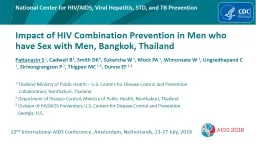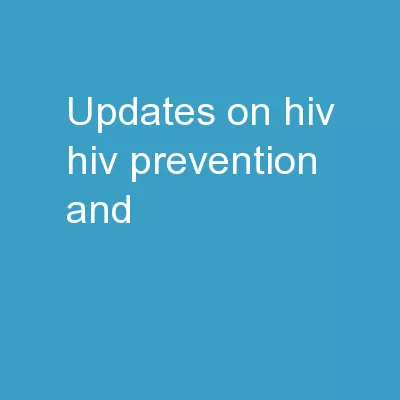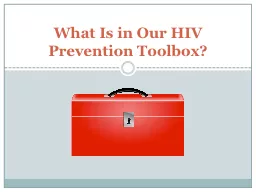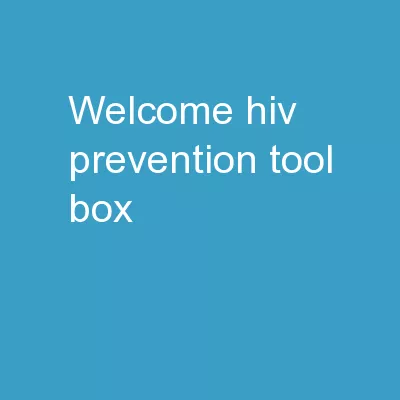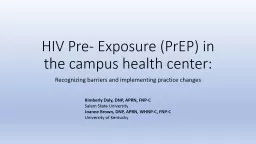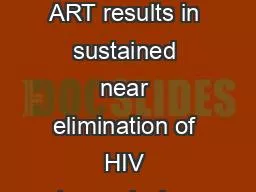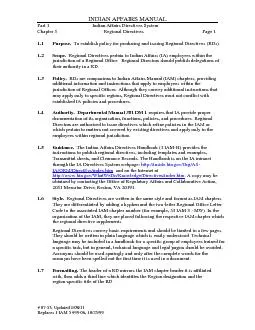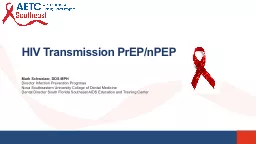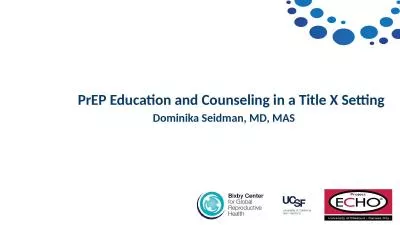PPT-April 4, 2019 3:00 pm ET HHS Office of Population Affairs PrEP for HIV Prevention in
Author : myesha-ticknor | Published Date : 2019-10-31
April 4 2019 300 pm ET HHS Office of Population Affairs PrEP for HIV Prevention in Title X Funded Family Planning Sites National KickOff Webinar Note This call will
Presentation Embed Code
Download Presentation
Download Presentation The PPT/PDF document "April 4, 2019 3:00 pm ET HHS Office of P..." is the property of its rightful owner. Permission is granted to download and print the materials on this website for personal, non-commercial use only, and to display it on your personal computer provided you do not modify the materials and that you retain all copyright notices contained in the materials. By downloading content from our website, you accept the terms of this agreement.
April 4, 2019 3:00 pm ET HHS Office of Population Affairs PrEP for HIV Prevention in: Transcript
Download Rules Of Document
"April 4, 2019 3:00 pm ET HHS Office of Population Affairs PrEP for HIV Prevention in"The content belongs to its owner. You may download and print it for personal use, without modification, and keep all copyright notices. By downloading, you agree to these terms.
Related Documents




